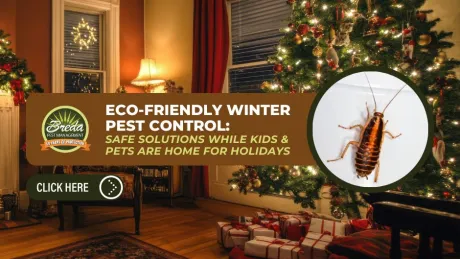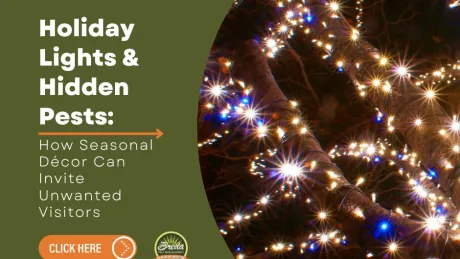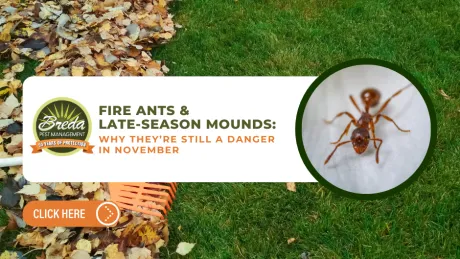When you want your house pest free, it can be easy to lump all the pests together in hopes of eradicating them all. However, some pests, such as ants, have many different varieties and most don't pose a threat to your home at all. It is important to be able to identify the various types of ants there are and which ones do in fact need to be exterminated from your home. In order to understand which types of ants need to be dealt with and which could be left alone, you need to know how to differentiate what ants might be crawling through your own home.
Here are some of the common Georgia ants that you'll find in and around your home:
Argentine Ants
Argentine ants are some of the most common and least harmful types of ants you will encounter. They are small ants with a dark brown to black color that is often shiny. These ants are attracted to water and food containing sugar. Argentine ants can usually be controlled through non-lethal means such as eliminating standing water, keeping food items stored properly and keeping tree branches and shrubbery from touching your house.
Carpenter Ants
The carpenter ant is one of the more worrisome types of ants because they prefer to build their homes in wood, thus giving them their name. This species can do much damage to wooden structures and therefore must be carefully controlled. These pests are identified by their large size for they can range in size from about the width of a pencil to the width of quarter. Their color can range from black to red. This insect can build their colonies in the wood of your home very quickly, so it is imperative to eradicate the infestation quickly once you have seen a carpenter ant.
Fire Ants
The red imported fire ant is among one of the more notorious species of ants and pose ongoing problems to homeowners. The fire ant threat is twofold. Fire ants tend to build imposing ant hills on lawns which are not only unsightly but also dangerous. These mounds are dangerous because the fire ant has a painful sting when it comes into contact with humans or animals. Accidentally stepping into or knocking over a mound could result in multiple bites for small children or animals. Some individuals are allergic to the venom from the sting of fire ants thus increasing the danger. To ensure complete eradication of fire ants from your property professional treatment may be required. The fire ant is considered to be the most aggressive type of ant. This species is also very persistent.
Pharoah Ants
The Pharaoh Ant is a small (2 mm) transparent yellow to red ant with black markings on the abdomen. It's notorious for being a major indoor nuisance pest, especially in hospitals. This is the most persistent and difficult of all household ants to control; with very large colonies, with up to several million workers and thousands of queens.
Tawny Crazy Ants
Tawny Crazy Ants are around 1/8 inches long and have a reddish-brown or "tawny" coloration. They have elongated legs and setae, hair-like bristles that cover their bodies. Tawny crazy ants do not form centralized nests or mounds. Prefer moist areas but will travel relatively-long distances in order to forage.
Longhorn Crazy Ants
Longhorn Crazy Ants are around 1/8 inches long and have a black or bluish black tint. They also have elongated, horn-like antennae elongated legs and setae, hair-like bristles that cover their bodies. They are named for their erratic, "crazy" movement. They are long-distance foraging habits make it very difficult to locate their nests.
Odorous House Ant
Odorous House Ants are between 1/16 and 1/8 inches long, are brownish black, and emit a foul odor when crushed. Outdoors, odorous house ants are often found in exposed soil, leaf litter, or matted grass. However, they generally prefer to build colonies on naturally-occurring structures like stones, logs, and stumps.
Thief Ant
One of the smallest household ants, about one-thirty-second to one-sixteenth inch long; antennae have 10 segments; range in color from yellowish to brown. Nests occur in a great variety of locations outside the home, especially under rocks; may nest indoors in cracks and cupboards.
If you are not sure what type of ant you are dealing with in your home, a professional pest management representative can help you identify your pest.
Looking for more information about the ant species that might be threatening your home and yard? Check out our free informative guide, How to Keep Ants Out of Your Atlanta-Area Home, and take you property back today!



